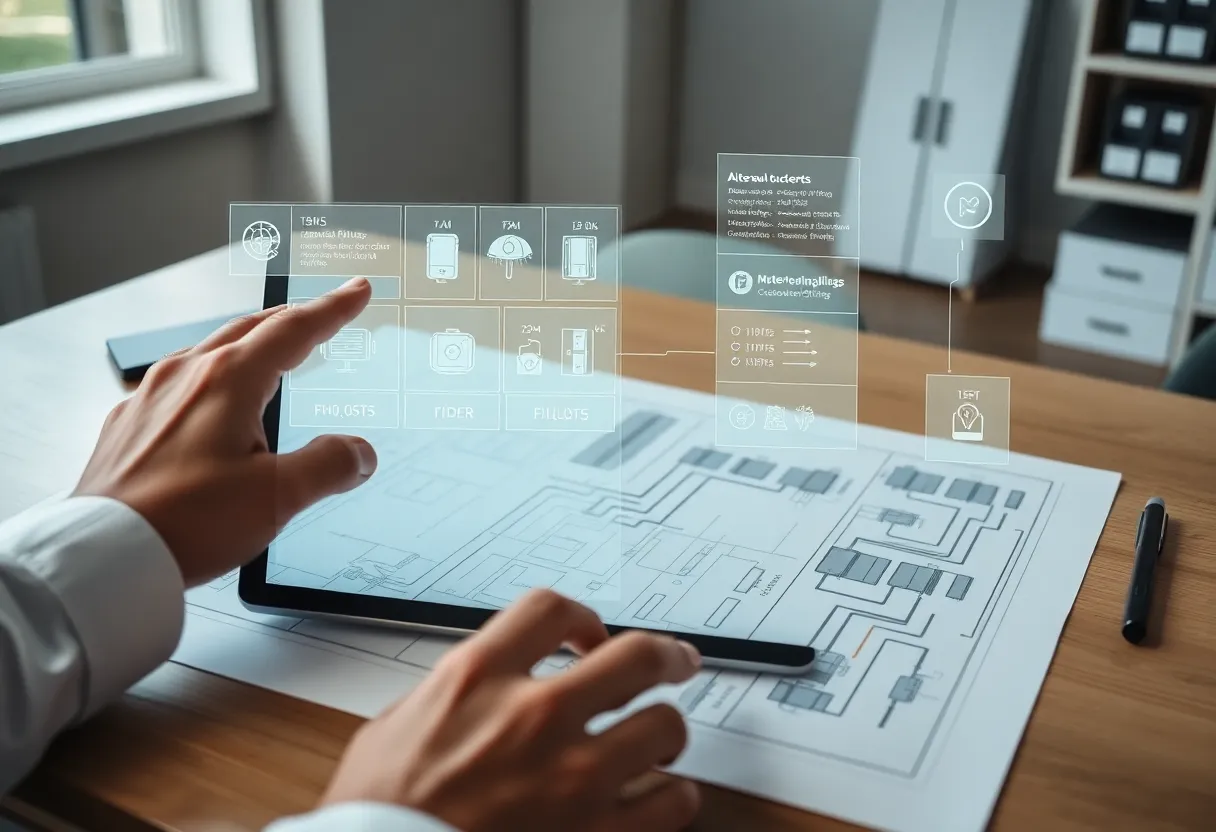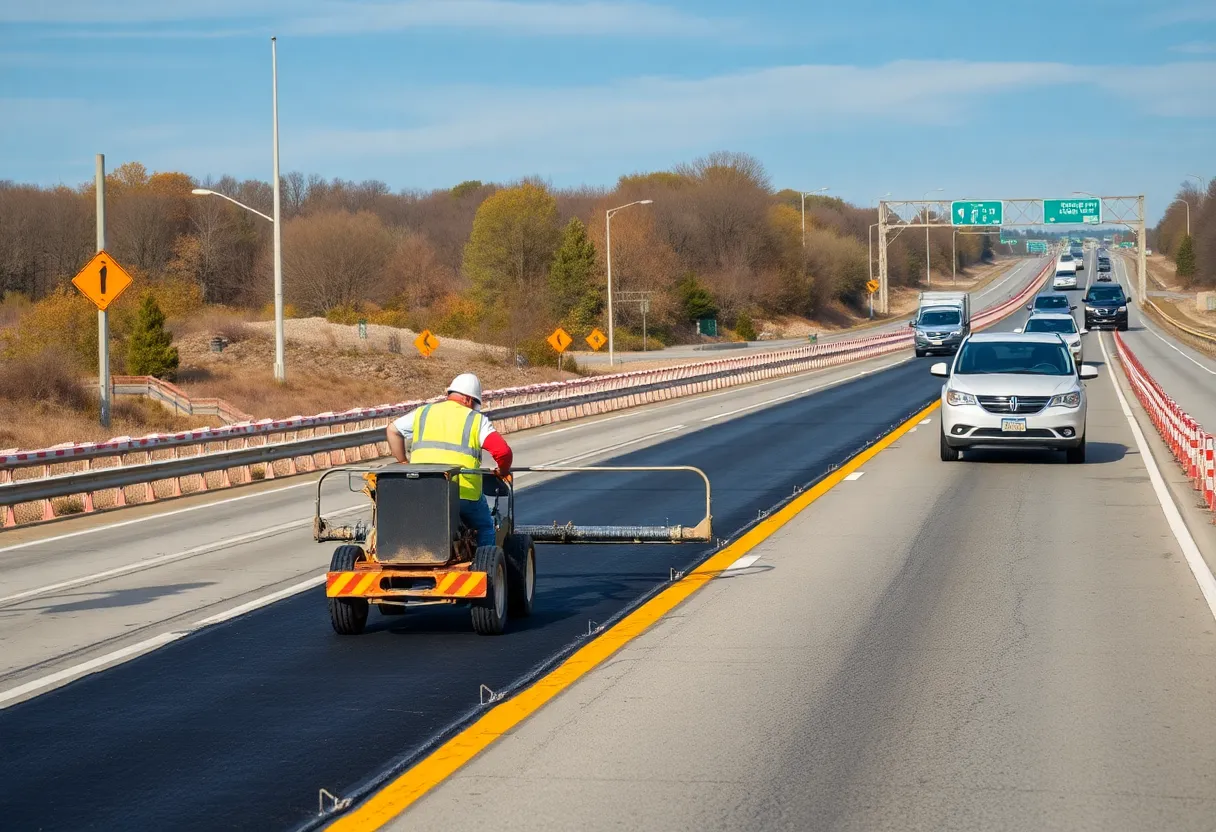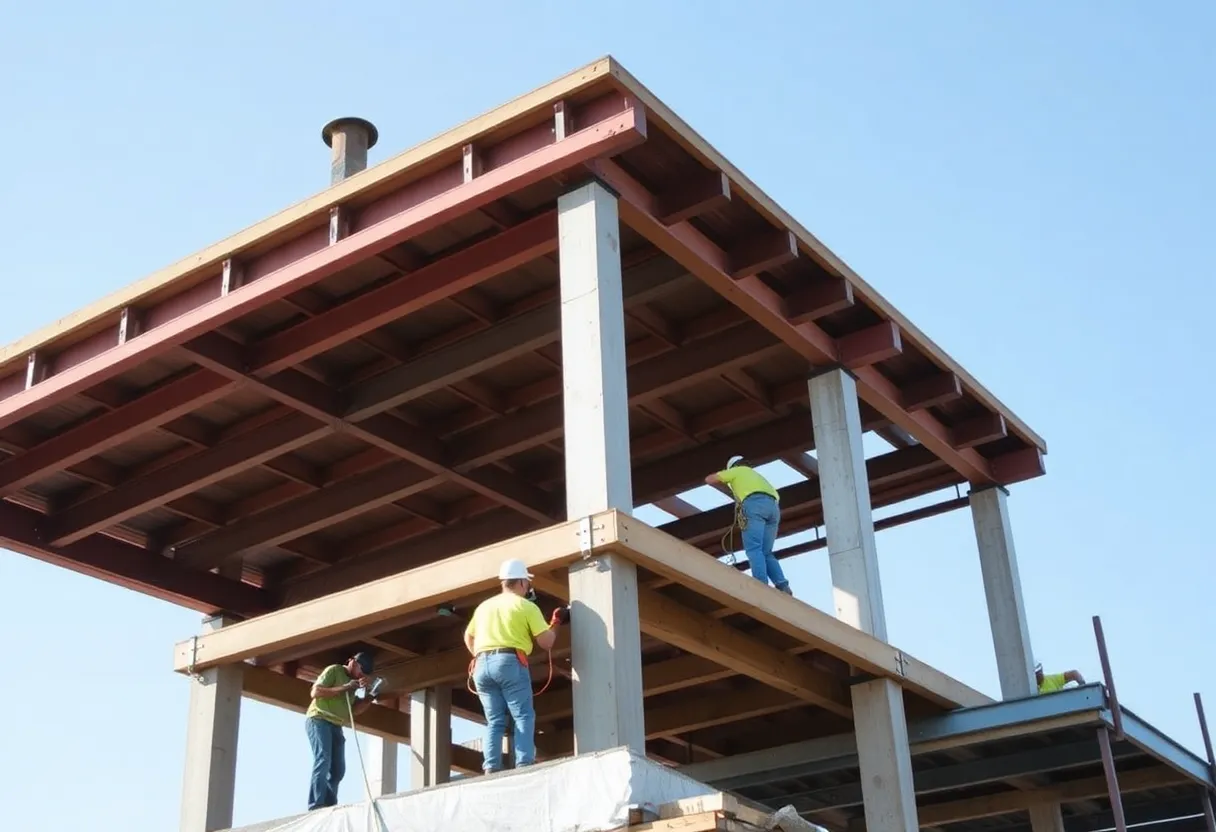United States, August 26, 2025
News Summary
The electrical contracting industry is rapidly adopting AI-powered estimating systems that scan plans, detect symbols, and auto-generate takeoffs in hours instead of days. These platforms improve precision, reduce omissions, and sync estimates with procurement, accounting and project management tools to eliminate duplicate data entry. Vendors ease adoption with intuitive interfaces, onboarding, training and support so experienced estimators retain oversight while gaining speed. Next-generation tools will add predictive value engineering, cost-saving assembly suggestions and risk forecasting, enabling teams to bid faster and more consistently while prioritizing accuracy and collaboration across projects.
AI Cuts Costs and Time in Electrical Estimating as Construction Firms Move Away from Manual Methods
The electrical contracting industry is shifting quickly from hand-built estimates and spreadsheet workflows to AI-powered estimating systems that scan plans, count devices and generate takeoffs in hours rather than days. Precision and speed are driving the change as tighter margins and shorter timelines make manual estimating less practical. Firms that adopt modern platforms are reducing errors, syncing teams and integrating estimates with project management, procurement and accounting systems.
Why this matters now
Estimating sits at the center of every successful electrical contracting business. Traditional methods — marking up blueprints with pens and rulers, zooming through PDFs and juggling spreadsheets — still survive on some teams, but they leave room for omission, inconsistency and rework. In 2025, automation has moved from convenience to necessity: AI tools now auto-detect plan symbols even when images are low resolution or scaled oddly, flag missing items, and build repeatable libraries that teams can share across sites. Contractors using these tools typically bid faster and more consistently.
What AI tools do for electrical estimates
- Plan scanning and symbol recognition: Algorithms rapidly scan electrical drawings to locate devices, fixtures and annotations.
- Auto-generated takeoffs: Quantities and material lists are produced automatically, cutting days of work to hours.
- Shared databases and templates: Teams work from synchronized libraries that improve consistency across projects and sites.
- Software integrations: Modern platforms connect with procurement, accounting and project management tools to remove duplicate data entry.
- Risk reduction: Automated checks minimize the chance of overlooked items and administrative errors.
Adoption hurdles and how they’re being addressed
Resistance to change and fear of losing control are common among seasoned estimators. To ease the shift, vendors are focusing on intuitive interfaces, tailored onboarding, training modules, live support and community forums. These support options help traditional teams retain oversight while taking advantage of speed and accuracy improvements.
What’s next for estimating
The next wave of AI estimating will add deeper predictive features, enabling real-time value engineering during the bid process. Future tools are expected to suggest alternative assemblies that meet specifications at lower cost, forecast risk areas before contracts are signed, and surface optimized labor and material plans. Making the change from manual to digital also means a mindset shift: trusting data alongside experience, collaborating across teams, and prioritizing speed without sacrificing accuracy.
Chicago Agriculture in 2025: Embracing AI for a Sustainable Farming Future
Chicago’s farming landscape is evolving as AI systems spread through urban, peri-urban and regional operations. The convergence of satellite imagery, drones and IoT sensors with machine learning is improving soil, water and pest management while boosting yields and cutting waste. By 2025, AI-driven systems are expected to increase urban farm yields by up to 30 percent.
How AI is used in city and regional farms
- Precision monitoring: Satellites and sensors feed models that advise on moisture, nutrients and crop needs in real time.
- Automated machinery: Machines guided by AI reduce labor costs and human error on both small urban plots and larger peri-urban fields.
- Accessible services: Subscription-based satellite and monitoring platforms aim to lower the cost barrier for small growers and co-ops.
- Supply-chain advantage: Chicago’s transport links make it a focal point for optimized regional food distribution.
Mobile and web apps that offer real-time monitoring, developer APIs for custom tools, and tiered pricing models are part of a growing ecosystem meant to help growers scale digital farming practices. Many urban farms plan to adopt AI-powered monitoring, which supports crop choices like leafy greens and microgreens that benefit from quick-turn cycles and tight environmental control.
Barriers and benefits
Upfront costs for satellite and AI services can be a challenge for some operators, but modular subscription services and shared platforms help spread expense and technical load. The result is better resource efficiency, reduced chemical and water use, and improved access to fresh local food, with potential to shrink urban food deserts and build resilience against climate and market shocks.
Enterprise AI Spending and Corporate Moves
Across industries, companies are raising AI budgets and moving from planning to deployment. In 2025, AI represents an increasing share of IT spending, with many firms allocating roughly 12 percent of their IT budgets to AI projects, and some reaching around 15 percent. A high share of firms have accelerated their AI investments in recent months, seeking clear use cases in areas like finance, health care, logistics and manufacturing.
Market dynamics
Hardware demand tied to AI models is shaping vendor choices and infrastructure planning. Observers describe current enterprise AI expansion as a rapid, competitive phase that will continue through the year, where investments in chips and platforms amplify software and services across the tech ecosystem.
Medical Research: AI Improves Melanoma Prognosis
Researchers applied deep learning tools to thousands of digitized tumor images to detect tertiary lymphoid structures, a tissue feature linked to better outcomes in advanced melanoma. AI-driven detection improved the consistency and scale of TLS counting and, when correlated with RNA sequencing, helped predict overall survival differences. Presence and density of TLS were associated with higher five-year survival rates in the analyzed trial cohort.
Technical approach and impact
Open-source algorithms were retrained and combined with whole-slide image models for feature extraction and visualization. The methods use accessible digital pathology tools and could speed TLS testing adoption in clinical settings, aiding treatment planning for high-risk patients.
Corporate Appointments and Industry Rankings
Several financial leadership changes and corporate listings were reported in 2025. One major professional football team named a new chief financial officer and senior vice president of administration, with prior experience in conference finance and consulting. An insurance underwriter promoted its CFO to CEO and appointed a new CFO with experience in accounting and financial services. An annual innovation rankings list for 2025 placed a large technology company at the top spot for the third straight year, with the ranked firms collectively reporting trillions in revenue and a median company revenue in the tens of billions. Health care made up a significant share of companies on that list.
FAQ
What does AI estimating do for electrical contractors?
AI estimating scans plans, recognizes symbols, counts devices, and auto-generates material lists and takeoffs, reducing time and errors.
Will AI replace experienced estimators?
No. AI augments estimators by automating routine tasks, improving consistency and freeing staff to focus on judgment and value engineering.
How soon can firms see benefits from switching to AI estimating?
Many firms report faster bid cycles within months of adoption, with larger gains as teams adopt shared templates and integrations.
Is AI affordable for small urban farms?
Subscription models and modular services can make satellite and AI monitoring accessible to solo growers, co-ops and small farms.
Can AI analysis affect clinical care in melanoma?
AI methods that detect tissue biomarkers can improve prognostic assessments and support treatment discussions, but clinical adoption requires validation and workflow integration.
Key Features Summary
| Area | Key Features | Main Benefit |
|---|---|---|
| Electrical Estimating | Plan scanning, auto takeoffs, integrations, shared libraries | Faster, more accurate bids and fewer omissions |
| Urban & Regional Farming | Satellite monitoring, IoT sensors, AI advisory, subscription services | Higher yields, lower inputs, improved food security |
| Enterprise AI Spending | Increased IT budgets for AI, hardware demand, prioritized use cases | Accelerated deployments and broader industry adoption |
| Medical Imaging | Deep learning for biomarker detection, whole-slide models | Improved prognostic accuracy and scalable pathology workflows |
Deeper Dive: News & Info About This Topic
Additional Resources
- MMS Online: Estimating and Quoting with AI — What’s Helpful and What’s Hype
- Wikipedia: Estimating and Quoting with AI
- AutoBody News: More providers of AI-based assessments, pre-estimates want to expand in collision repair
- Google Search: AI collision repair estimating
- Farmonaut: Chicago Agriculture — AI Revolutionizes Urban Farming
- Google Scholar: Chicago agriculture AI 2025
- Fortune: Fortune 500 companies beef up AI budgets — Wedbush analysis
- Encyclopedia Britannica: Artificial intelligence business spending
- Medical Xpress: Complex immune-cell AI tools (melanoma prognosis)
- Google News: melanoma tertiary lymphoid structures AI
Author: Construction FL News
The FLORIDA STAFF WRITER represents the experienced team at constructionflnews.com, your go-to source for actionable local news and information in Florida and beyond. Specializing in "news you can use," we cover essential topics like product reviews for personal and business needs, local business directories, politics, real estate trends, neighborhood insights, and state news affecting the area—with deep expertise drawn from years of dedicated reporting and strong community input, including local press releases and business updates. We deliver top reporting on high-value events such as the Florida Build Expo, major infrastructure projects, and advancements in construction technology showcases. Our coverage extends to key organizations like the Associated Builders and Contractors of Florida and the Florida Home Builders Association, plus leading businesses in construction and legal services that power the local economy such as CMiC Global and Shutts & Bowen LLP. As part of the broader network, including constructioncanews.com, constructionnynews.com, and constructiontxnews.com, we provide comprehensive, credible insights into the dynamic construction landscape across multiple states.





